There’s a spaghetti western about Newcastle’s young horse riders

Stepney Western merges traditional American movie tropes with documentary-style storytelling.
Culture
Words: Tiffany Lai
The first thing you see in Stepney Western isn’t Newcastle. It’s not even horses. It’s shadowy silhouettes galloping across a blood-red background — a bold visual homage to A Fistful of Dollars, Sergio Leone’s 1964 spaghetti western. It’s also the first parallel between the classic American genre and Stepney Bank Stables — the focus of Newcastle-based filmmaker Harry Lawson’s latest project.
For many, Newcastle, is worlds away from the American outback. But for Harry, they’re practically neighbours. Stepney Western focuses on seven young people at an inner-city stable who are all on its Alternative Provision programme. Aimed at kids who struggle in the mainstream schooling system, the programme offers an alternative education through its equestrian curriculum. “I learned that they were kind of like educational outlaws and if you watch westerns, there’s always this idea of the outlaw,” he explains, calling in from his home in Newcastle.
That connection — between the dusty lawlessness of the Wild West and the cobbled streets of the North East — becomes more than a stylistic nod. It shapes the film’s deeper narrative. “There’s this omnipresent theme of the frontier and this idea that land is up for grabs,” Harry continues. “Often, in the boring old westerns, it’s this racist thing of the cowboy taking the land from the American Indian, but there is a quiet version of that in Stepney that is a gentrification story. It’s this idea that the landscape is changing around these young people and questioning whether that’s working for them or whether it’s something that’s happening to them.”
The film, which is scored by renowned Bristol DJ/producer Batu, strays from the formulaic narrative line of a traditional documentary. It’s frequently interspersed with material from the North East Film Archive, as well as the riders’ own iPhone footage. But it’s anchored by the journey of the protagonist, 14-year-old Ella, whom we see slowly develop from an angsty, trouble-maker to a confident rider as she forms a deep and stabilising bond with the horses.
During the film, Ella occasionally breaks the fourth wall by playfully shouting at Harry or making references to the film. “She’s incredibly authentic and I’m hopeful that those scenes show a little glimpse into the relationship,” Harry says, “This is an idiosyncratic and flawed portrait that’s somewhere between me and the kids, and it will come with all of its defects but [I hope that it’s both] beautiful and strange.”
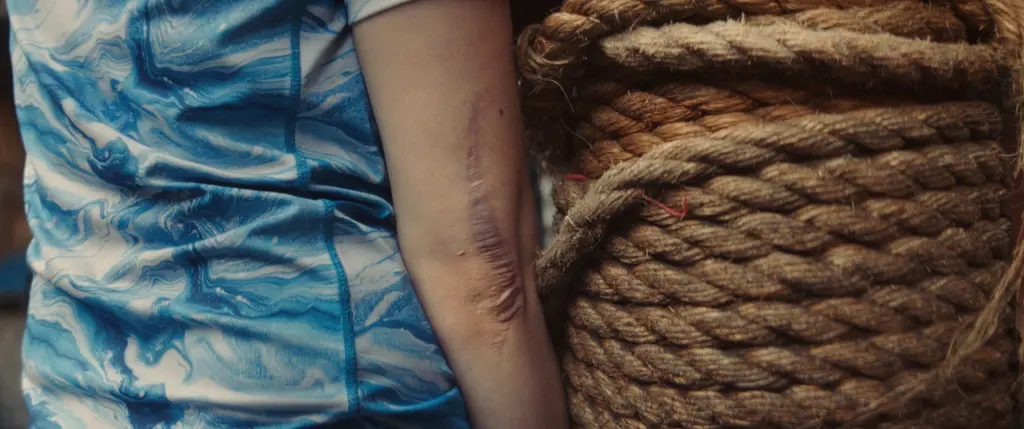
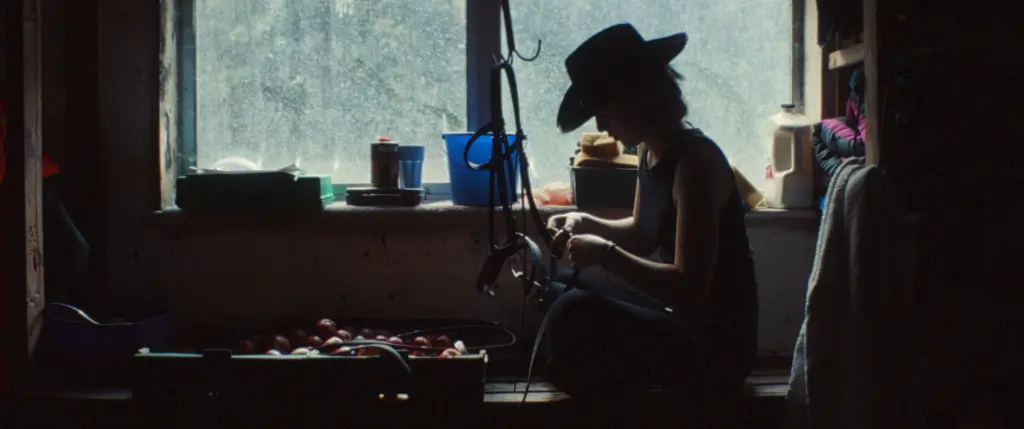
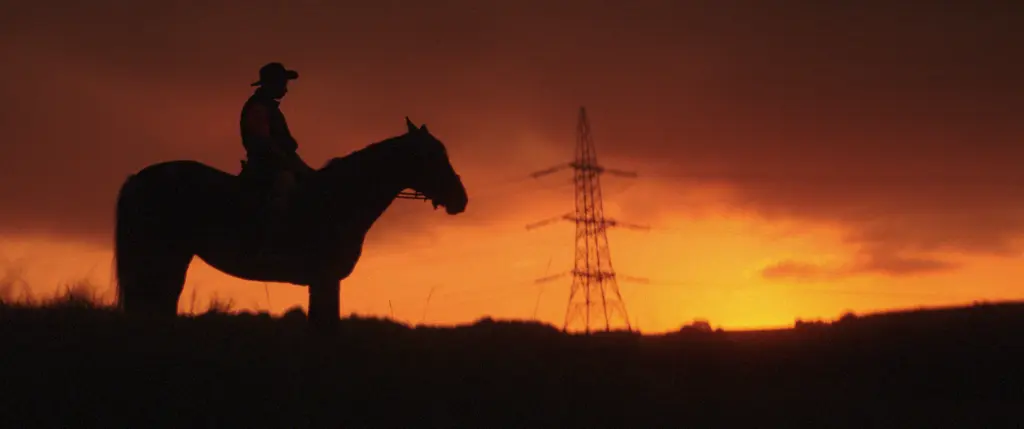
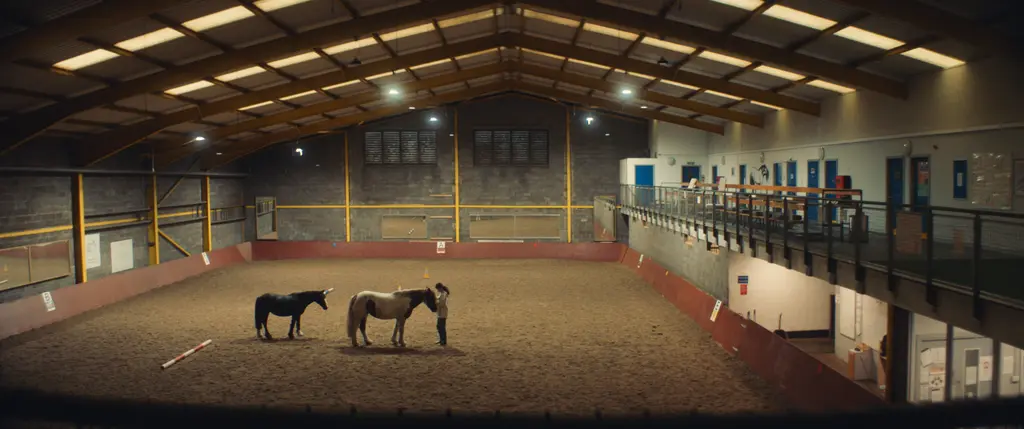
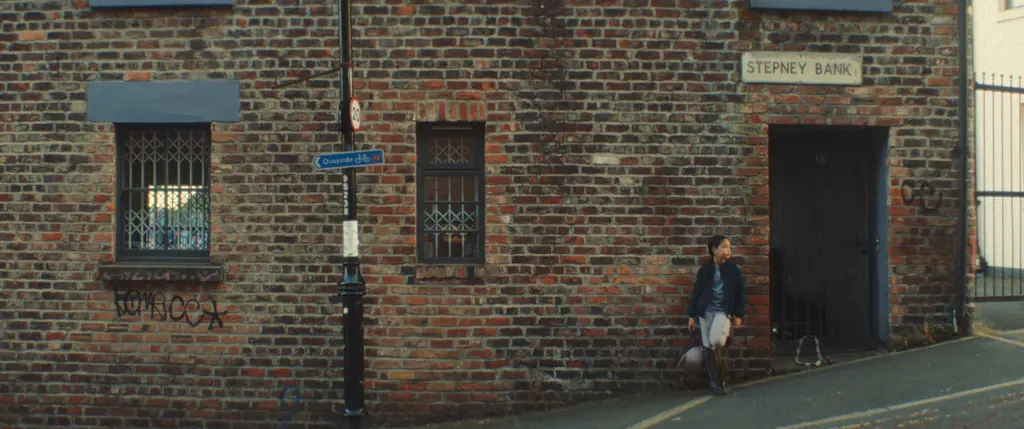
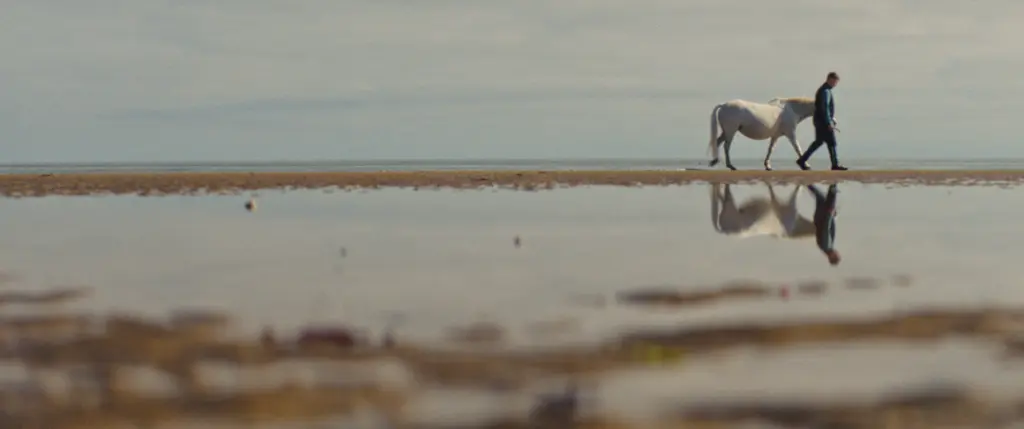
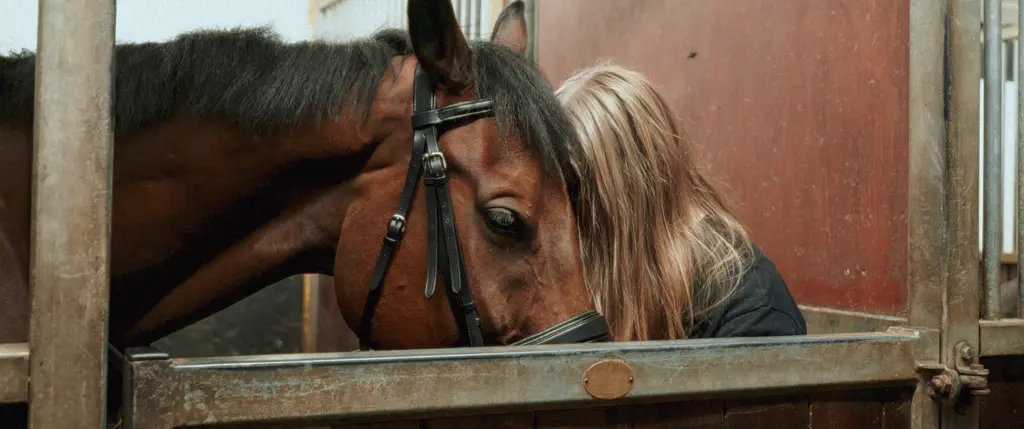
Hi Harry, did you always know you were going to shoot this film at Stepney Bank stables?
HL: It began as a cinematography challenge to start with; it was about seeing if I could make an urban western. I first had the idea in relation to a similar stable in Brixton but when I walked past Stepney Bank Stables and had this eureka moment there. It obviously always should have been there really because I knew and cared a lot about the city.
You mention this idea of the frontier theme that’s present in westerns. How does that play out in Byker in 2025?
HL: It’s more of a classic gentrification story in the area – it’s not affluent but there’s some very nice coffee shops and restaurants appearing and people are being bought out of properties in the area around the stables. So for these young people who aren’t from the most affluent of backgrounds, there’s a tension between this really significant change in the city [and their lives].
Could you tell us about the first time you met the cast and the process of gaining their trust?
HL: Because of the age profile and the lived experience of these young people, it’s not as if they’ve all had a really smooth adolescence. It was really important to me to not parachute in, so for the first few months, I wasn’t filming. I was just letting them teach me about the horses and tell me how cool all of the various knots that they have to do are.
How did you meet Ella?
HL: The first time that I filmed, she’d just arrived at the stables. The years before then were a bit of a rough ride for her, lots of run-ins with the police and that kind of thing. But through two years of being surrounded by horses and having this revelation, she has very obviously grown into herself as a person. I was just bearing witness to that change through her relationship with Stepney Bank Stables. You see her incrementally grow into herself [in the film] which is a really beautiful thing to behold.
There’s a complicated relationship between fact and fiction in the film, the narrative is quite loose and there’s so many layers of footage, from the riders’ own videos to your inclusion of archival material. Could you tell us a bit more about your directorial decisions?
HL: Going into it, I didn’t know exactly how much we’d lean into the fictional elements. I wrote some bits of script that might have added another layer to the film but it’s almost all in their own words because when I set up scenarios and tried to get them to read out anything, it would just become really wooden. When they went back to being themselves they just dropped zinger after zinger. I think there can be a pretty generative tension between the creative impetus of a director and the intense will of teenagers.








